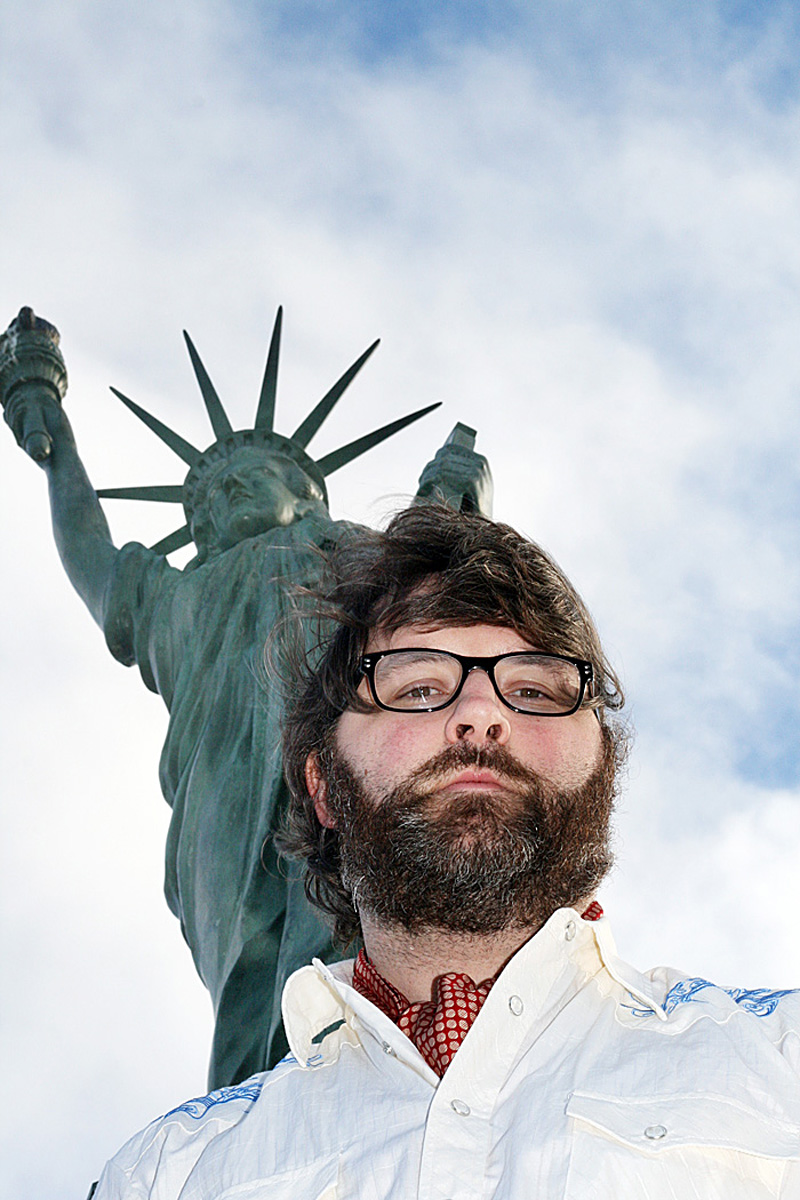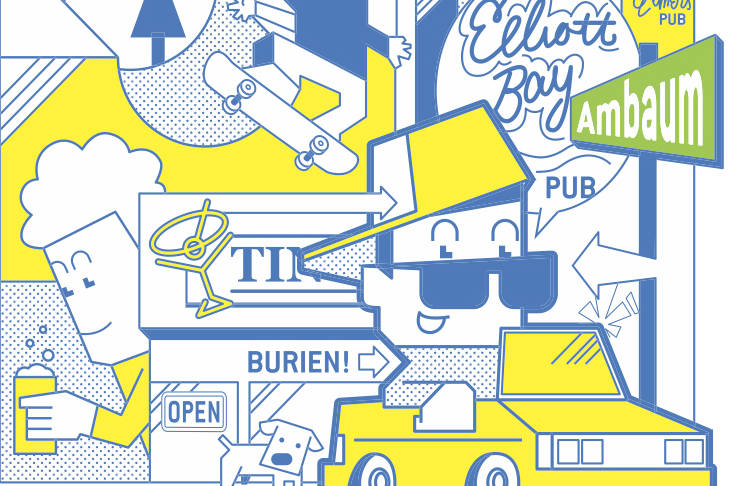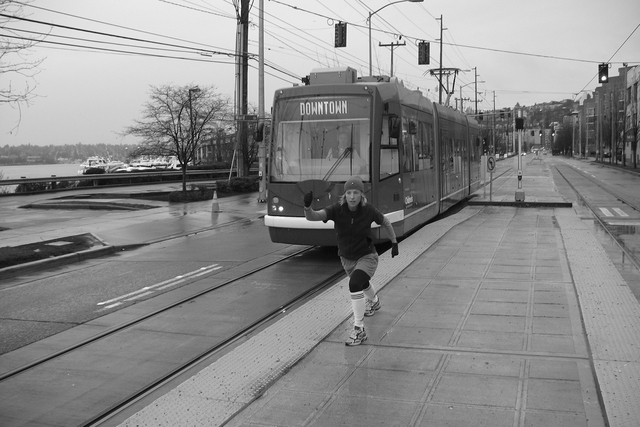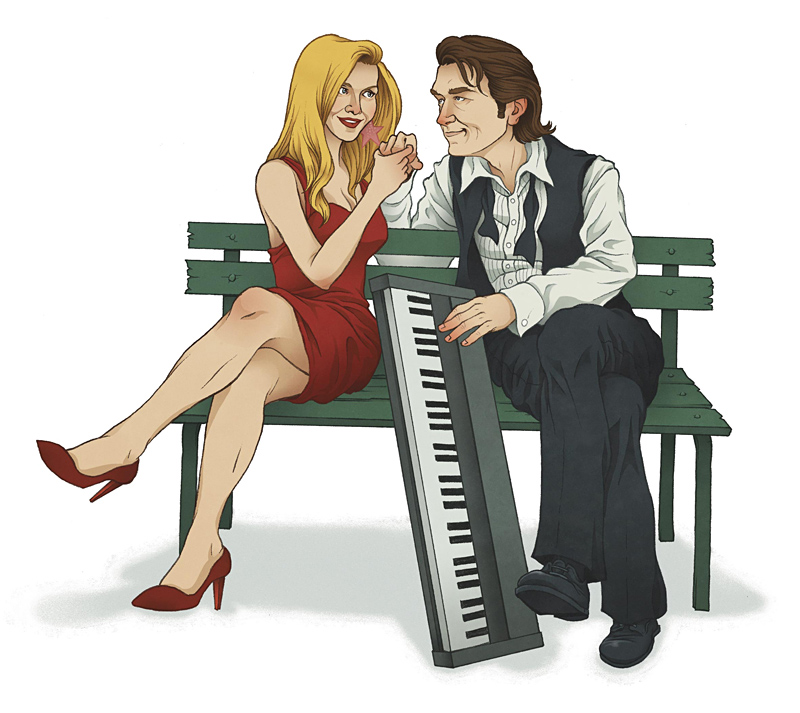In 1851, on the blustery shores of Alki Beach, Seattle was born. Its settlers, whose family monikers—Denny, Terry, Boren—can now be found on some of mainland Seattle’s most prominent parks and downtown arterials, originally named their new home after their old one, calling it “New York.” Years later, a miniature replica of the Statue of Liberty was placed at Alki Point to commemorate the founders’ aspirations.
Later this year, when the methodical teardown of the Alaskan Way Viaduct begins, West Seattleites will become intimately acquainted with the depth of that term, liberty. Gone is the mosquito fleet which once ferried West Seattleites to the shores of Elliott Bay in the pre-automotive era; a lone water taxi now runs in its stead. And an oft-challenging commute, whether by bus or by car, will soon approach unbearable levels as West Seattle is choked off from the rest of the city. Swimming’s not an option.
Most neighborhoods would crap their drawers in the face of such life-threatening circumstances, but not West Seattle. With some 83,000 residents, it is Seattle’s biggest neighborhood; if it were to secede, as it has threatened in years past, it would be the state’s 12th-largest city—behind Yakima but ahead of Bellingham. It is also Seattle’s most self-sufficient: Among West Seattleites’ favorite weekend pastimes is not leaving West Seattle—save for the occasional day trip to Burien, the ultimate suburb.
Rather, once the Viaduct begins to crumble, it’s the rest of Seattle that should panic. Harbor Island, the city’s industrial heartland, is accessible only by crossing the Duwamish into West Seattle. The neighborhood is also home to the city’s lone steel mill, Nucor. During summer, Seattleites in search of the slice of Southern California that is Alki Beach will be shoehorned into the infinitely glummer sands of Golden Gardens. Families and school groups looking for an urban camping experience will have a much tougher time getting to Camp Long, and anyone wanting to spend a Sunday kicking around pastoral Vashon Island—well, they’re screwed.
What’s more, according to Seattle Weekly‘s Best of Seattle™ issue, West Seattle is home to the city’s best burger (Zippy’s), pepperoni pizza (Pegasus), bakery (Nouveau), tater tots (Heartland Cafe/Benbow Room), microbrewery (Big Al), neighborhood tavern (The Tug Inn), family-owned produce market (Tony’s), breadbasket (La Rustica), neighborhood blog (West Seattle Blog), shoreline stroll (Beach Drive), bathroom stall (Alki Tavern), and place to make out with someone on a bench during sunset (Lincoln Park). It’s also home to the city’s greatest concentration of rock stars (“Hey, Eddie Vedder, room for cream?”), 7-Elevens, and political titans. And about those parking-meter rates that are in for a significant increase on the mainland: West Seattle doesn’t have any parking meters. In fact, it has a pair of free parking lots in the Alaska Junction to augment its free street parking.
Who wants to live without all that goodness in their lives? Fortunately for West Seattleites, they won’t have to. The kingdom is theirs, and in the time mainland Seattleites have to visit—or permanently relocate to—the neighborhood without imposing bumper-to-bumper burdens, the riches can be shared.
Hence, Seattle Weekly dedicates this entire issue to the mighty peninsula, a 76-page atonement for mainlanders’ dismissal of West Seattle as an annoying third nipple. To the contrary, it’s Seattle’s placenta. Without it, there would be no Emerald City. So head west and salute.








